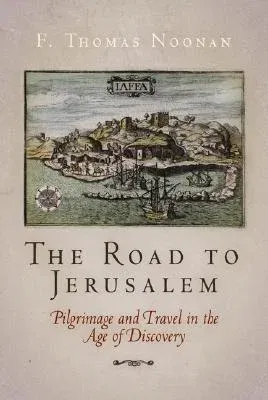The history of early modern travel is captured in its volatile and
evolving literature. From the middle of the 1400s, what had been for
centuries a travel literature of pilgrimage to the Holy Land underwent
two "modernizations" in rapid succession. The first, in the wake of
Gutenberg, was the casting or recasting of pilgrims' accounts in the new
medium of print. By the waning of the fifteenth century, such printed
literature had reconfirmed and enhanced long-distance pilgrimage as the
primary narrative of European travel. The second, forged by the great
discoveries and reformations of the sixteenth century, reworked and
enlarged, again in the revolutionary medium of print, the very content
of European travel. Travel and its literature ceased to be simply, or
even largely, a matter of pilgrimage to the Levant. The labors of
Columbus, Cortés, and Magellan, but also of Luther, Zwingli, and Calvin,
had altered the appearance, complicated the ambitions, and shifted the
focus of much European travel.
The Road to Jerusalem traces the survival of the literature of
pilgrimage as part of the literature of travel from the late fifteenth
to the eighteenth century, when powerful forces ranging from navigation
to theology were redefining what it meant to go abroad. Accounts of
discovery, exploration, scientific expeditions, tours, and other species
of travel crowded a field that had once been dominated by accounts of
pilgrimage. Yet pilgrimage did not disappear or retreat to the margins
under pressure from these new forms of travel. Its survival and
development, as a rendition of travel and not only as an expression of
piety, are documented by a massive body of printed literature largely
overlooked by modern scholarship that, in its turn, chronicles
continuity and change across centuries of not just European travel but
European history and culture in general.

